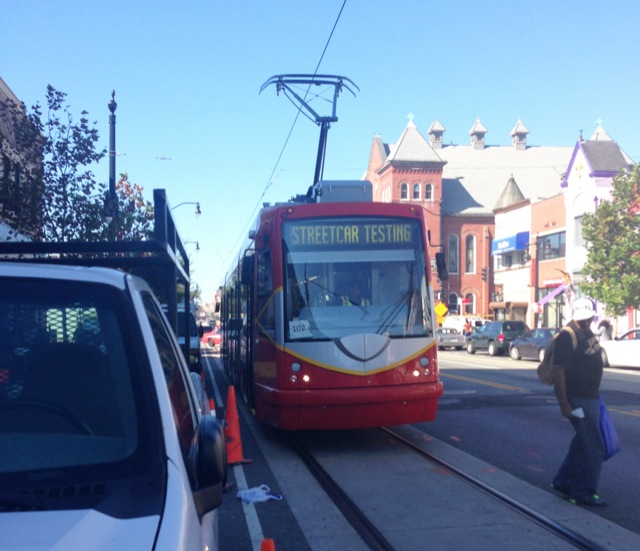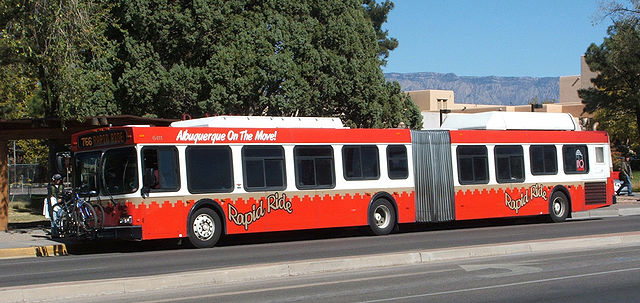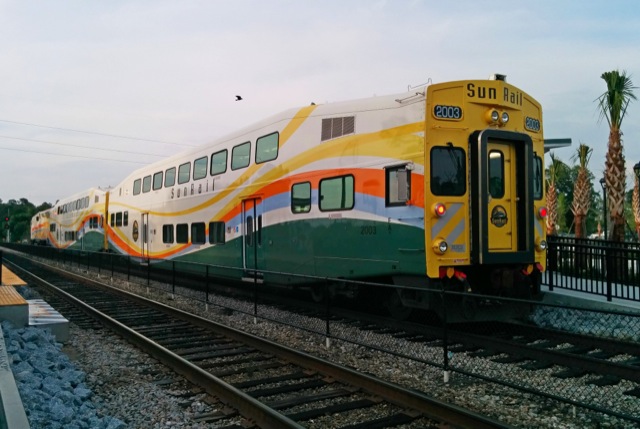Here’s more evidence that rail transit advocates–in this case, streetcar supporters–are totally delusional: proponents of a 7.4-mile Columbia Pike streetcar in Arlington, Virginia, estimate that the streetcar line will carry 42,800 people per day in 2035. That’s nearly 5,800 daily boardings per mile of streetcar line, which is more than twice as great than the most heavily used streetcar lines in the country. It is even greater than all but one light-rail line and only 20 percent less than the Washington MetroRail system.
According to the 2012 National Transit Database, the most heavily used lines that the Federal Transit Administration currently defines as streetcars are in Philadelphia, which carried nearly 85,000 people per weekday (see the service spreadsheet for weekday trips and the fixed guideway spreadsheet for directional route miles–divide directional route miles by 2 to get route miles). But there are 108 route miles of such lines for an average of just 780 boardings per mile. The streetcar line that attracted the most passengers per mile in 2012 was in Portland (probably because it was nearly free), and it attracted 2,670 weekday riders per mile–less than half of the projection for the Arlington streetcar.
“The Columbia Pike corridor currently has the highest transit ridership within the Commonwealth for a corridor without fixed guideway service,” say streetcar supporters. They think the “high-capacity” streetcar will handle this ridership and attract even more riders. But not even most light-rail lines, whose capacities are several times greater than streetcars, attract 5,000 riders per day.
Continue reading →











